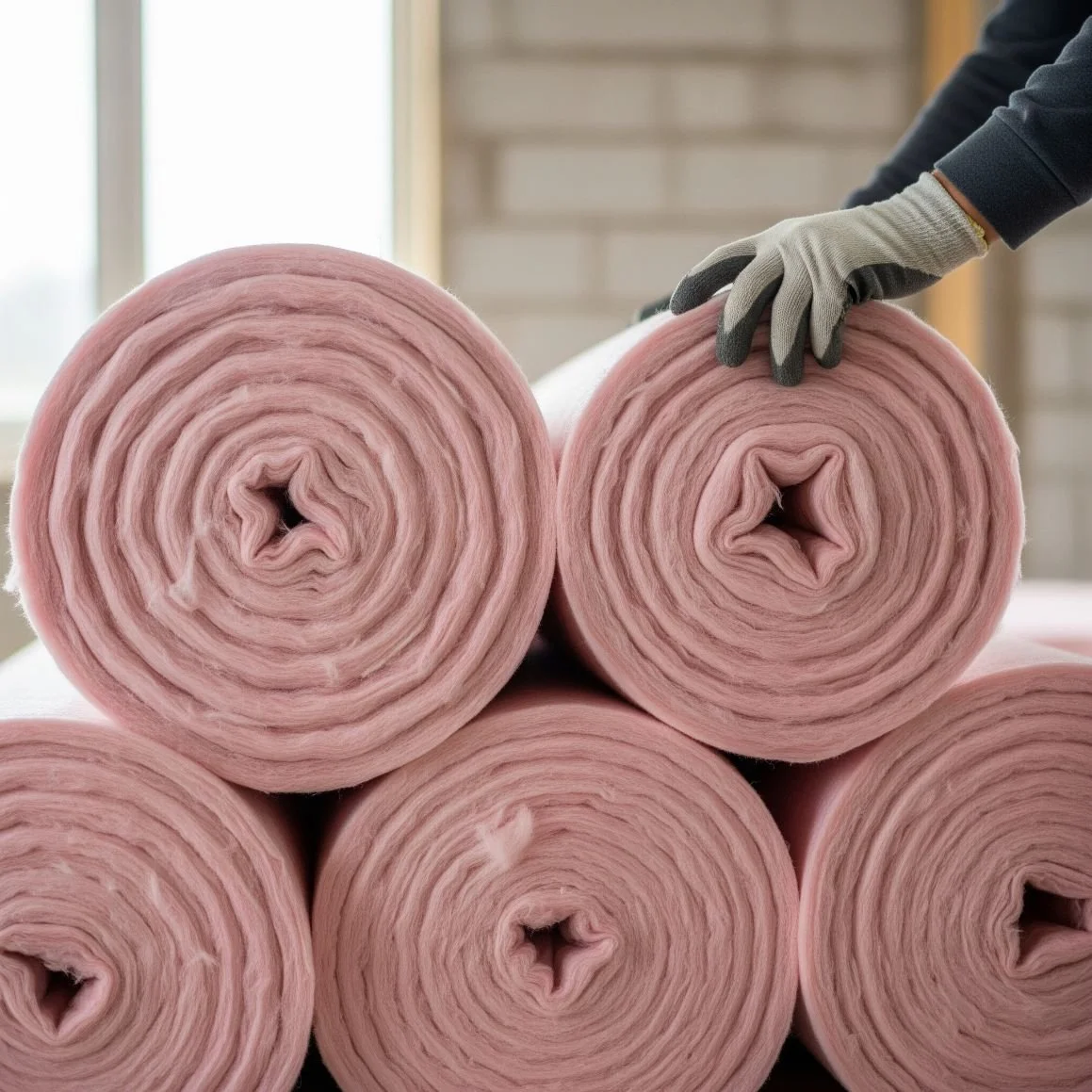Learn How To Source Insulation Rolls For Your DIY Project
Discover how to source the right insulation rolls for your DIY project. Get tips on materials, sizing, and where to find the best deals.
Let’s gather here for a moment and talk about the benefits of properly insulating a building. The importance of living in a comfortable and energy-efficient home is not just a human right, but also one that doesn’t have to tax the planet so heavily.
We are currently facing an ongoing climate disaster and a cost of living crisis. Add that to the rapid rise in energy costs, and life becomes a living nightmare. But living shouldn’t be tougher than it already is.
In this article, we take a trip back to school days when we learned about heat transfer and how insulation can help keep our summers cool and winters cozier.
This information will help everyone, whether they want to pay less for electricity or simply want to introduce comfort to their interiors after construction. For the DIYer, sourcing comes first as finding the right materials can help your project go smoothly.
So, let’s talk about insulative choices. What’s on the market and why should you pay attention?
Fiberglass
When sourcing for the right rolls, you’ve probably come across Fiberglass insulation, sometimes called glass mineral wool. It looks and feels lie strings woven together. They are made by heating recycled glass and stretching it out into
Fiberglass options are popular for do-it-yourself projects because of its reduced weight and approachable installation steps.
We know that any material that has good thermal properties can step into the role of insulative material for regulating the temperature in your home. Fibergladd is a superb choice in that regard to comfortably lower the amount of money you spend on energy. You can also say goodbye to noise pollution with fiberglass thanks to its superior acoustic insulation qualities.
It can insulate lofts, roofs, walls, and floors with fiberglass. DIYers can consider the Knauf Insulation Roll to get soundproofing and insulative properties.
Phenolic Foam Insulation
Phenolic foam is notably made using the controversial chemical Formaldehyde and phenol. The material is still popular given its lightness and strong thermal insulation qualities for sorting out floors, walls and roofs.
Despite its makeup, Phenolic Foam as an insulator solution provides exceptional thermal efficiency and low thermal conductivity, which is reflected in lowered energy use.
Rockwool Insulation
From granite, a common natural volcanic rock, we get the aptly named rockwool variant of insulation. The rolls are made by melting granite, spinning it into string-like fibers and weaving them with plenty of space to soak in noise and provide an insulative barrier.
Rockwool pipe lagging is a popular choice for DIY pipe insulation projects. It is used to protect hot water pipes from heat and comes with an adhesive lap.
The rolls can also be used for wall insulation, with an easy installation process if you have access to the space between your walls.
Sheep Wool Insulation
This type of insulation is one of the most eco-friendly options you can get because, yes, it is just sheep’s wool. For as long as people have kept animals, they have used their hides and other furs to keep themselves warm.
Wool has evolved to provide insulation to the sheep and works passively like a coat. The thicker it is, the better it works. Sheep’s wool is excellent for cutting down on noise pollution and efficiently controlling your indoor conditions.
What’s more, the stuff is breathable and can capture toxins in the air, improving the indoor air quality.
Nature does tend to be the best designer and because of their lightweight nature when processed for insulation needs, any DIYer with easy access to their walls, floors, lofts, or other areas needing insulation can install them.
When Choosing an Insulation Solution, Consider These Factors:
R-value: This number should always be high. Don’t buy anything below the recommended level for your local climate and weather.
Cost: Compare prices and consider long-term savings from energy efficiency.
Installation: Choose a product that suits your DIY skills.
Application: Where does your insulation solution go?
Go DIYer!
So there you go DIYer; you now know what to pick and choose from the vast world of insulation rolls for your DIY project. When you get down to work, you will notice it is easy to come up with ideas of which insulation roll goes where for your home.
Whether you're a seasoned pro or just starting out, this sheet material is a crucial tool for your projects. Let your creativity flow!
FAQs
1. Why is R-value important when choosing insulation?
A material's resistance to heat flow is measured using R-value. You need to know a higher R-value equals better insulation. It’s always wise to choose a product whose R-value meets or exceeds the recommended level for your climate and application.
2. What insulation roll would experts say is the best?
Go for Fiberglass insulation. It continues to dominate most homes with its remarkable efficiency in terms of thermal resistance, accessibility, and affordability.
3. Is it okay to mix and match insulative materials in my home?
You could, but it is generally easier to ask an expert so you can avoid creating air gaps or inconsistencies inside the insulation layer which could impact their effectiveness. You’d be wise to choose the insulation type that meets your specific needs and install it consistently throughout the desired area.






